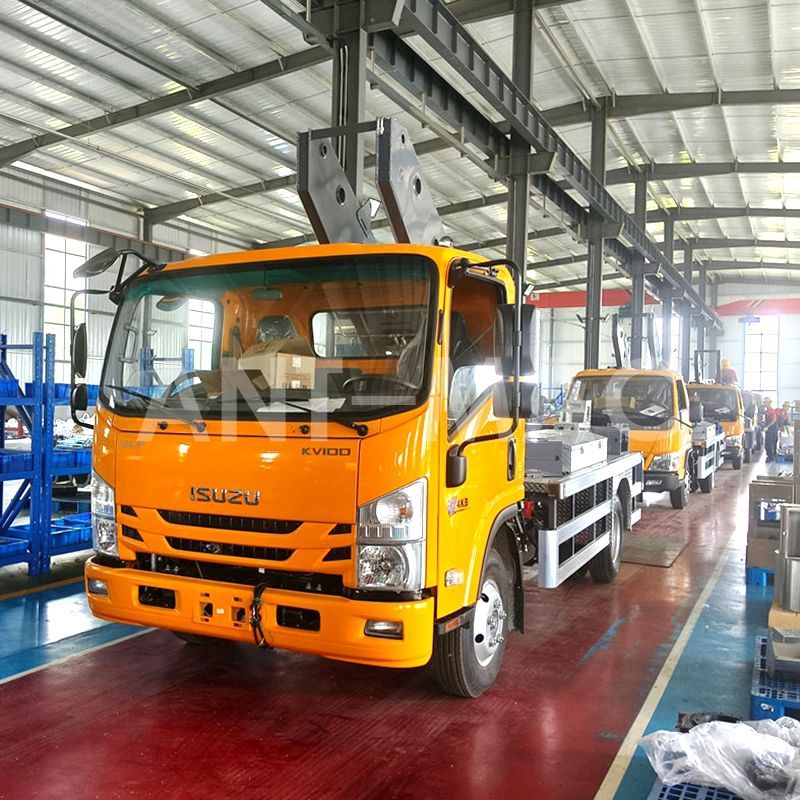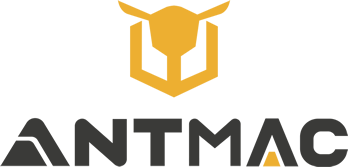Divergence in Scissor Lift Leveling Technologies: Dynamic Real-Time Correction vs. Static Precision Support
Leveling Technology Routes Compete to Redefine Aerial Work Rules
In 2025, a technology route battle has erupted in the scissor lifts industry: Intelligent systems centered on "dynamic real-time leveling" shatter the physical limitation of "shaking during mobile operations," while traditional "static support leveling" retains its efficiency edge in fixed-position, high-precision tasks. This divergence is redefining the operational boundaries and safety standards of aerial work.
I. Leveling Logic: The Fundamental Difference Between "Real-Time Sensing" and "Stationary Correction"
Dynamic Real-Time Leveling: Stable Even in Motion
Technical Core: Equipped with multi-axis tilt sensors (0.1° accuracy) and high-frequency response leveling cylinders, the system captures platform tilt in real time—whether the lift is moving or loads change. Millisecond-level adjustments correct the platform’s attitude, akin to an aircraft’s autopilot system.
Performance: With a 0.8-second response time, it enables operations on slopes up to 12° while moving, eliminating the long-standing industry pain point of "inevitable shaking during movement."
Static Support Leveling: Precision Leveling After Stopping
Technical Core: After the lift stops, hydraulic outriggers or leveling mechanisms deploy automatically. Pressure sensors and a PLC collaborate to calculate extension/retraction distances, forcing the platform to level—similar to smart jacks.
Performance: Leveling takes 20–30 seconds, but the effect only persists while outriggers are deployed. Movement or load changes require reactivating the system.
II. Scenario Breakthroughs: Mobile Operations vs. Fixed-Position Efficiency
Dynamic Leveling: Conquering "Mobile Work" Blind Spots
Core Scenarios: Sloped garden maintenance (trimming while moving), power line inspections (stable operation on bumpy roads), and emergency rescue (rapid response on complex terrain). This evolves scissor lifts from "fixed tools" to "all-terrain mobile work platforms."
Data Wins: Vibration during mobile operations drops by 85% compared to traditional models, and slope adaptability increases to 12° (vs. ≤5° for static leveling lifts).
Static Leveling: Dominating Fixed-Position Efficiency
Core Scenarios: Factory equipment maintenance (quick leveling on flat ground), municipal manhole inspections (compensating for micro-terrain gaps), and warehouse shelf upkeep (precise positioning in narrow spaces). Its low cost and fast leveling secure dominance in urban scenarios.
Market Reality: Holds a 62% market share in urban applications, with system costs at just 50% of dynamic leveling solutions—making it the top choice for SMEs.
III. Technical Trade-offs: Speed vs. Cost
Dynamic Leveling: Premium Tech, High Barriers
Integrating high-frequency sensors, intelligent algorithms, and servo cylinders, dynamic leveling systems cost 35% more than static models. However, they drive 45% annual growth (2025 data) in high-end sectors like gardening, energy, and emergency response, where all-terrain capability is non-negotiable.
Static Leveling: Cost-Effective Dominance
Leveraging mature hydraulic control + pressure feedback technology, static systems fully comply with GB/T 25849-2024 safety standards. They maintain a 58% installation rate (across all scissor lift leveling systems), capitalizing on cost advantages in urban markets.
IV. Industry Future: Complementary Technologies Expand Application Boundaries
The two technologies are not rivals but complements:
Dynamic leveling evolves scissor lifts into "all-terrain work robots," breaking free from terrain and movement constraints.
Static leveling optimizes "fixed-position efficiency," targeting 15-second fast leveling to solidify its cost advantage in urban scenarios.
As national standards mandate stricter precision (≤3° deviation) and response times (≤5 seconds), both technologies will accelerate innovation—pushing the industry from "tool-level" solutions to "system-level aerial work platforms."
 Dual-Chain Telescopic Boom Sys
Dual-Chain Telescopic Boom Sys
 Russian
Russian
